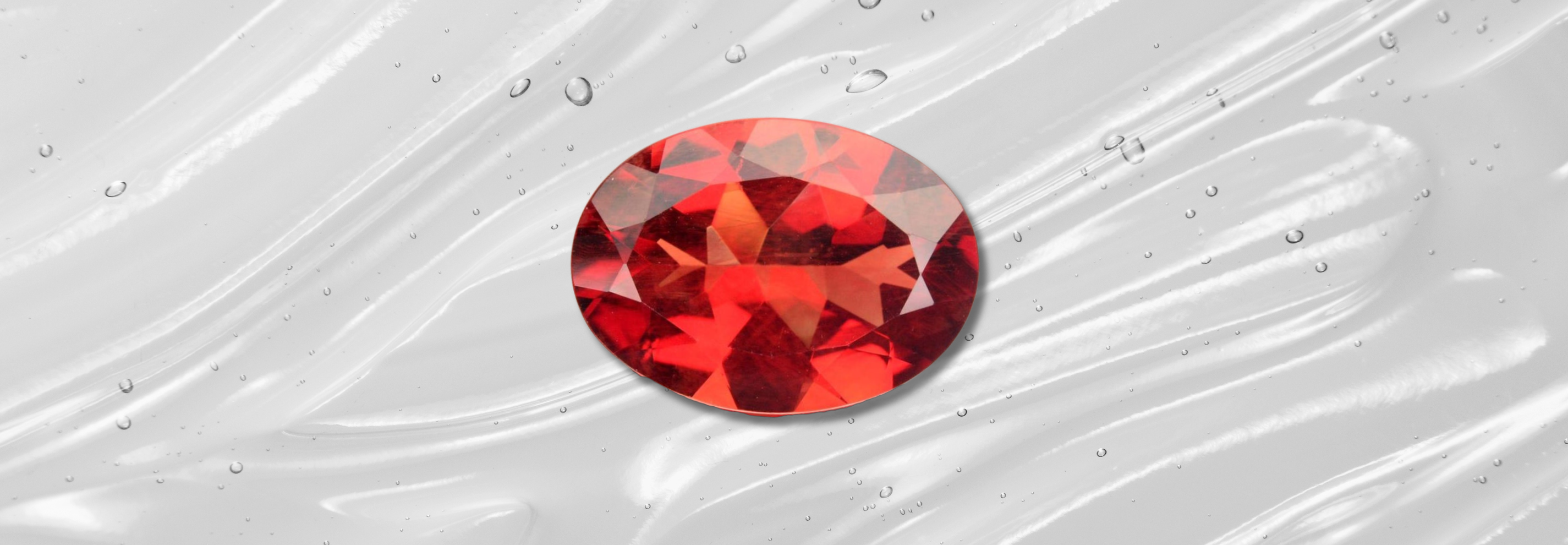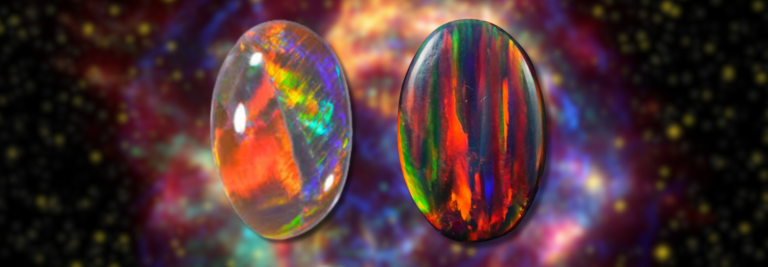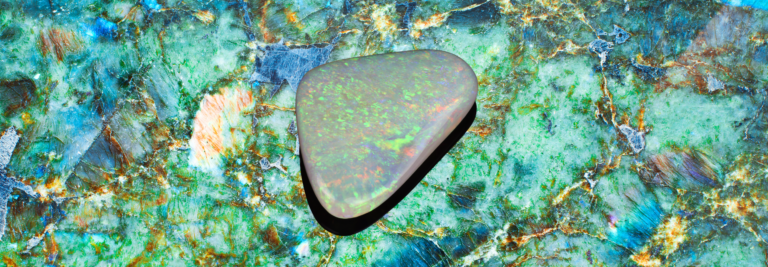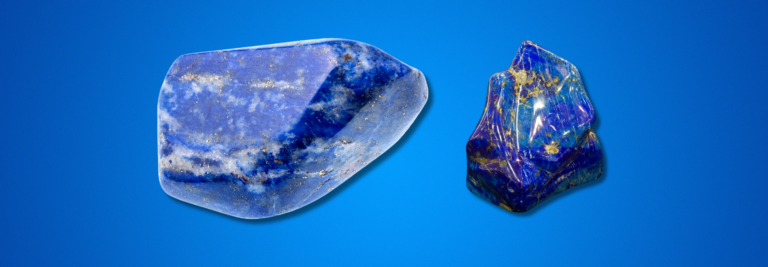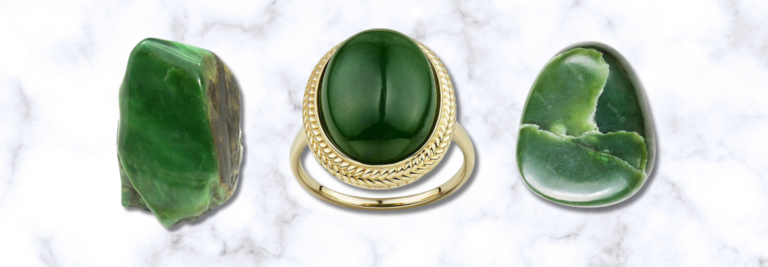A collection of minerals known as feldspar is frequently discovered in sedimentary, metamorphic, and igneous rocks. While feldspar is frequently employed in industrial settings, such as the production of glass and ceramics, some kinds are also highly sought-after as gemstones because of their unique colors and characteristics.
Moonstone is one of the most well-known feldspar gemstones. The orthoclase feldspar variation known as moonstone has a characteristic adularescence, or the appearance of light moving across the stone’s surface when tilted. Although moonstone is usually colorless or pale yellow, it can also have pink, blue, and green tones. A common gemstone for jewelry use, moonstone is frequently cabochon-cut to highlight its distinctive qualities.
Labradorite is a different type of feldspar that is utilized as a gemstone. The iridescent color play of labradorite, a kind of plagioclase feldspar, is a result of light scattering within the structure of the stone. Usually displaying blue, green, and gold tones, labradorite can also exhibit flashes of orange, pink, and purple. Due to its distinctive color, labradorite is commonly cut into cabochons or used as a decorative stone.
Another kind of feldspar used as a gemstone is sunstone. A characteristic aventurescence, or the reflection of light off minute mineral inclusions within the stone, is found in sunstone, which is often a form of oligoclase feldspar. In addition to its normal orange, red, and brown coloring, sunstone can occasionally exhibit brief flashes of green and blue. Sunstone is a popular gemstone for use in jewelry and is frequently used as a decorative stone or cut into cabochons.
Another type of feldspar that is used as a gemstone is amazonite. The microcline feldspar variant known as amazonite often has a striking blue-green hue. Amazonite is frequently used in jewelry, and in order to highlight its distinctive color, it is occasionally carved into faceted stones.
Andesine, a type of plagioclase feldspar that can display a spectrum of colors including red, green, and yellow, and orthoclase, a type of potassium feldspar that can display a spectrum of colors including white, gray, and pink, are other varieties of feldspar that are occasionally used as gemstones.
Feldspar gemstones are valued for their durability and hardness in addition to their distinctive colors and characteristics. The majority of feldspar variations have a Mohs hardness of 6-6.5, which allows them for usage in jewelry and other decorative applications.
In conclusion, feldspar gemstones are a variety of minerals that display distinctive colors and characteristics. Among the several feldspar gemstones valued for their beauty and toughness are moonstone, labradorite, sunstone, and amazonite. Feldspar gemstones are an intriguing and priceless addition to any collection, whether they are utilized in jewelry or as decorative stones.

